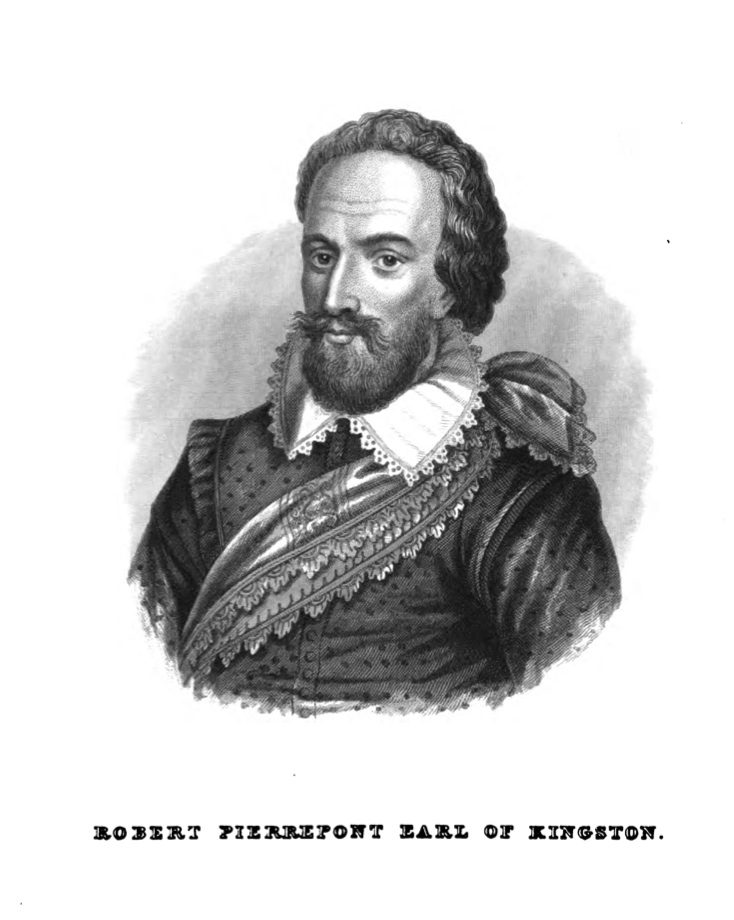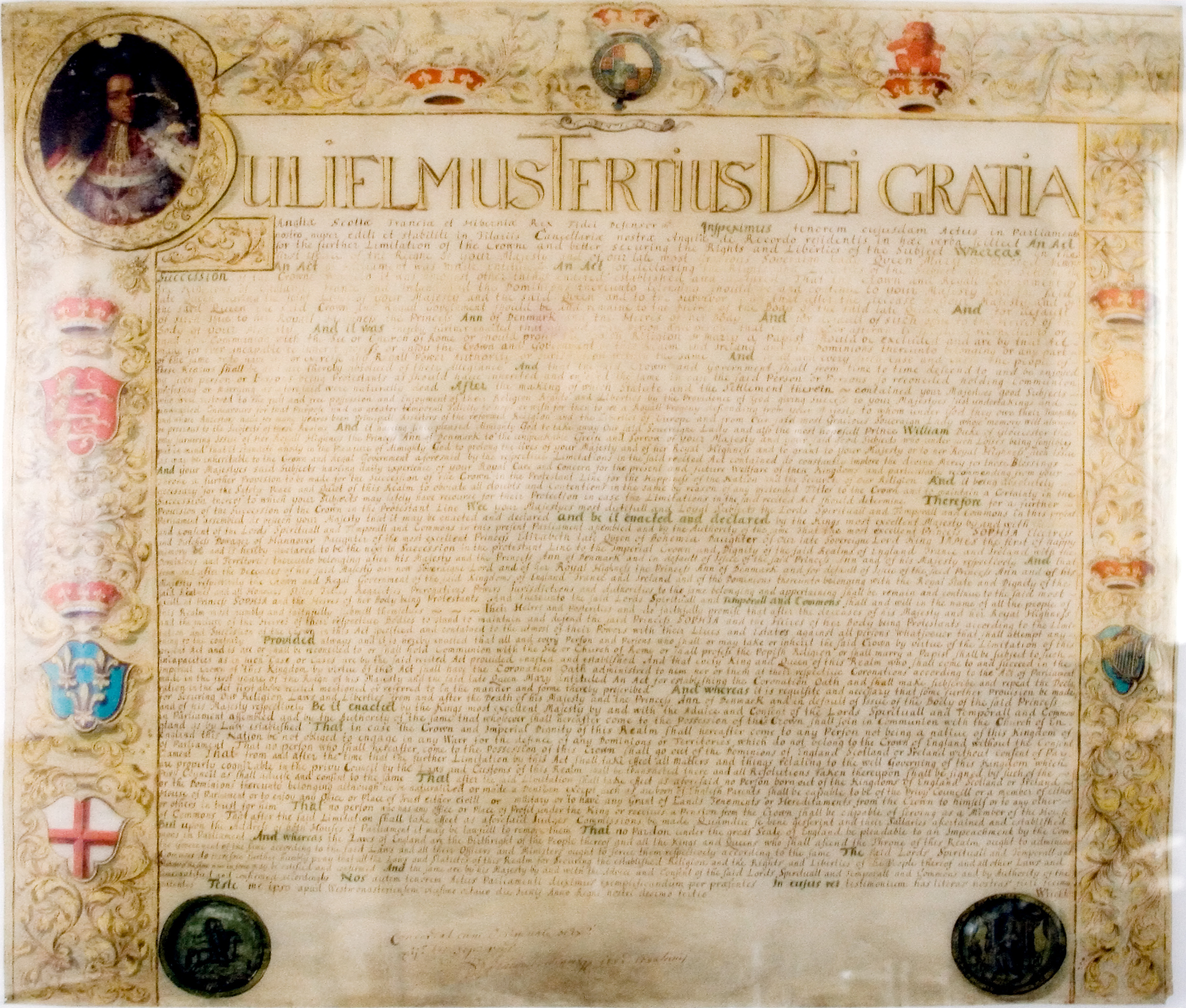|
Henry Paget, 1st Earl Of Uxbridge (d. 1743)
Henry Paget, 1st Earl of Uxbridge (13 January 166330 August 1743), of Beaudesert, Staffordshire, and West Drayton, Middlesex, was a British landowner and Tory politician who sat in the English and British House of Commons from 1695 until 1712 when he was raised to the peerage as Baron Burton as one of Harley's Dozen. He was a Hanoverian Tory, supportive of the Hanoverian Succession.Colley p.62 Personal life Paget was the son of William Paget, 6th Baron Paget, and his first wife Frances Pierrepont, daughter of Hon. Francis Pierrepoint She was a granddaughter of Robert Pierrepont, 1st Earl of Kingston-upon-Hull. Career Paget was appointed a deputy lieutenant for Middlesex on 6 April 1689 and Staffordshire on 14 May 1689. He was elected Member of Parliament for Staffordshire on 7 November 1695 as a Tory. In 1702 he was made a deputy lieutenant for Buckinghamshire. On 30 April 1704 Paget was appointed one of the Council advising the Lord High Admiral, Prince George of ... [...More Info...] [...Related Items...] OR: [Wikipedia] [Google] [Baidu] |
Earl Of Uxbridge
Earl () is a rank of the nobility in the United Kingdom. The title originates in the Old English word ''eorl'', meaning "a man of noble birth or rank". The word is cognate with the Scandinavian form '' jarl'', and meant "chieftain", particularly a chieftain set to rule a territory in a king's stead. After the Norman Conquest, it became the equivalent of the continental count (in England in the earlier period, it was more akin to a duke; in Scotland, it assimilated the concept of mormaer). Alternative names for the rank equivalent to "earl" or "count" in the nobility structure are used in other countries, such as the ''hakushaku'' (伯爵) of the post-restoration Japanese Imperial era. In modern Britain, an earl is a member of the peerage, ranking below a marquess and above a viscount. A feminine form of ''earl'' never developed; instead, ''countess'' is used. Etymology The term ''earl'' has been compared to the name of the Heruli, and to runic '' erilaz''. Proto-Norse '' ... [...More Info...] [...Related Items...] OR: [Wikipedia] [Google] [Baidu] |
Francis Pierrepont (Roundhead)
Francis Pierrepont (died 1659) was an English politician who sat in the House of Commons in 1640. He fought in the Parliamentary army in the English Civil War. Pierrepont was the third son of Robert Pierrepont, 1st Earl of Kingston-upon-Hull and his wife Gertrude Talbot, daughter of Henry Talbot. In April 1640, Pierrepont was elected Member of Parliament for East Retford in the Short Parliament. In the Civil War, Pierrepont raised a regiment for the parliamentary army of which he became colonel.. In 1645 he was elected MP for Nottingham in the Long Parliament. He built Pierrepont House in Nottingham in the mid-17th century. Pierrepont died in 1659. He had married Elizabeth Bray, daughter of Thomas Bray, of Eyam, Derbyshire, and had issue. His eldest son was Robert The name Robert is an ancient Germanic given name, from Proto-Germanic "fame" and "bright" (''Hrōþiberhtaz''). Compare Old Dutch ''Robrecht'' and Old High German ''Hrodebert'' (a compound of '' ... [...More Info...] [...Related Items...] OR: [Wikipedia] [Google] [Baidu] |
Buckinghamshire
Buckinghamshire (), abbreviated Bucks, is a ceremonial county in South East England that borders Greater London to the south-east, Berkshire to the south, Oxfordshire to the west, Northamptonshire to the north, Bedfordshire to the north-east and Hertfordshire to the east. Buckinghamshire is one of the Home Counties, the counties of England that surround Greater London. Towns such as High Wycombe, Amersham, Chesham and the Chalfonts in the east and southeast of the county are parts of the London commuter belt, forming some of the most densely populated parts of the county, with some even being served by the London Underground. Development in this region is restricted by the Metropolitan Green Belt. The county's largest settlement and only city is Milton Keynes in the northeast, which with the surrounding area is administered by Milton Keynes City Council as a unitary authority separately to the rest of Buckinghamshire. The remainder of the county is administered by ... [...More Info...] [...Related Items...] OR: [Wikipedia] [Google] [Baidu] |
Tory Party
The Tories were a loosely organised political faction and later a political party, in the Parliaments of England, Scotland, Ireland, Great Britain and the United Kingdom. They first emerged during the 1679 Exclusion Crisis, when they opposed Whig efforts to exclude James, Duke of York from the succession on the grounds of his Catholicism. Despite their fervent opposition to state-sponsored Catholicism, Tories opposed exclusion in the belief inheritance based on birth was the foundation of a stable society. After the succession of George I in 1714, the Tories were excluded from government for nearly 50 years and ceased to exist as an organised political entity in the early 1760s, although it was used as a term of self-description by some political writers. A few decades later, a new Tory party would rise to establish a hold on government between 1783 and 1830, with William Pitt the Younger followed by Robert Jenkinson, 2nd Earl of Liverpool. The Whigs won control of Parl ... [...More Info...] [...Related Items...] OR: [Wikipedia] [Google] [Baidu] |
Staffordshire
Staffordshire (; postal abbreviation Staffs.) is a landlocked county in the West Midlands region of England. It borders Cheshire to the northwest, Derbyshire and Leicestershire to the east, Warwickshire to the southeast, the West Midlands County and Worcestershire to the south and Shropshire to the west. The largest settlement in Staffordshire is Stoke-on-Trent, which is administered as an independent unitary authority, separately from the rest of the county. Lichfield is a cathedral city. Other major settlements include Stafford, Burton upon Trent, Cannock, Newcastle-under-Lyme, Rugeley, Leek, Staffordshire, Leek, and Tamworth, Staffordshire, Tamworth. Other towns include Stone, Staffordshire, Stone, Cheadle, Staffordshire, Cheadle, Uttoxeter, Hednesford, Brewood, Burntwood/Chasetown, Kidsgrove, Eccleshall, Biddulph and the large villages of Penkridge, Wombourne, Perton, Kinver, Codsall, Tutbury, Alrewas, Barton-under-Needwood, Shenstone, Staffordshire, Shenstone, Fe ... [...More Info...] [...Related Items...] OR: [Wikipedia] [Google] [Baidu] |
Middlesex
Middlesex (; abbreviation: Middx) is a historic county in southeast England. Its area is almost entirely within the wider urbanised area of London and mostly within the ceremonial county of Greater London, with small sections in neighbouring ceremonial counties. Three rivers provide most of the county's boundaries; the Thames in the south, the Lea to the east and the Colne to the west. A line of hills forms the northern boundary with Hertfordshire. Middlesex county's name derives from its origin as the Middle Saxon Province of the Anglo-Saxon Kingdom of Essex, with the county of Middlesex subsequently formed from part of that territory in either the ninth or tenth century, and remaining an administrative unit until 1965. The county is the second smallest, after Rutland, of the historic counties of England. The City of London became a county corporate in the 12th century; this gave it self-governance, and it was also able to exert political control over the rest of M ... [...More Info...] [...Related Items...] OR: [Wikipedia] [Google] [Baidu] |
Robert Pierrepont, 1st Earl Of Kingston-upon-Hull
Robert Pierrepont, 1st Earl of Kingston-upon-Hull (6 August 158425 July 1643) was an English nobleman who joined the Royalist side in the English Civil War after some delay and became lieutenant-general of the counties of Lincoln, Rutland, Huntingdon, Cambridge and Norfolk. He was killed in a friendly fire incident after being captured by Parliamentary forces. Family He was the second son of Sir Henry Pierrepont of Holme Pierrepont, Nottinghamshire, and Frances Cavendish, ThePeerage.com, Retrieved 27 December 2008 daughter of the Rt. Hon. Sir William Cavendish and Elizabeth Hardwick. His sister became [...More Info...] [...Related Items...] OR: [Wikipedia] [Google] [Baidu] |
Hanoverian Succession
The Act of Settlement is an Act of the Parliament of England that settled the succession to the English and Irish crowns to only Protestants, which passed in 1701. More specifically, anyone who became a Roman Catholic, or who married one, became disqualified to inherit the throne. This had the effect of deposing the descendants of Charles I, other than his Protestant granddaughter Anne, as the next Protestant in line to the throne was Sophia of Hanover, a granddaughter of James VI and I from his most junior surviving line, with the crowns descending only to her non-Catholic heirs. Sophia died shortly before the death of Queen Anne, and Sophia's son succeeded to the throne as King George I, starting the Hanoverian dynasty in Britain. The Act of Supremacy 1558 had confirmed the independence of the Church of England from Roman Catholicism under the English monarch. One of the principal factors which contributed to the Glorious Revolution was the perceived assaults made ... [...More Info...] [...Related Items...] OR: [Wikipedia] [Google] [Baidu] |
Hanoverian Tory
Hanoverian Tories were Tory supporters of the Hanoverian Succession of 1714. At the time many Tories favoured the exiled Jacobite James Francis Edward Stuart to take the British and Irish thrones, while their arch rivals the Whigs supported the candidacy of George, Elector of Hanover. Background Following the Act of Settlement of 1701, the throne was intended to pass to the House of Hanover following the death of Queen Anne. However during the Tory government of Robert Harley after 1710, serious consideration was given by senior cabinet ministers led by Henry St. John to secure the throne for James instead. In preparation, army officers suspected of being pro-Hanover were purged from the service including both Whigs and Tories such as Henry Lumley. The Duke of Marlborough, former Captain General and a moderate Tory, went into exile on the continent following his dismissal in 1711. Tied up with the ongoing debate about the future of the throne, was a dispute over the end of ... [...More Info...] [...Related Items...] OR: [Wikipedia] [Google] [Baidu] |
Harley's Dozen
{{short description, Event in British politics Harley's Dozen were twelve new peerages created in December 1711 by the British Tory government of Robert Harley which was struggling to gain a majority in the Whig-dominated House of Lords. This came at a time when the government were negotiating peace terms to end the ongoing War of the Spanish Succession, which were unlikely to pass the Lords where opposition Whigs and some Tories had joined together to block them under the slogan "No Peace Without Spain". Creation Two of the men, Lord Bruce and Lord Compton, were heirs to existing earldoms and were advanced to the house in their own right using their father's baronies. Others included Harley's son-in-law George Hay as well as George Granville, Thomas Mansel, Thomas Trevor, Thomas Foley all of whom were close political allies of the First Minister. Most controversial was that of Samuel Masham, the husband of Queen Anne's favourite Abigail Hill, a cousin and ally of Harley ... [...More Info...] [...Related Items...] OR: [Wikipedia] [Google] [Baidu] |
House Of Commons Of Great Britain
The House of Commons of Great Britain was the lower house of the Parliament of Great Britain between 1707 and 1801. In 1707, as a result of the Acts of Union 1707, Acts of Union of that year, it replaced the House of Commons of England and the Parliament of Scotland, third estate of the Parliament of Scotland, as one of the most significant changes brought about by the Union of the kingdoms of Kingdom of England, England and Kingdom of Scotland, Scotland into the Kingdom of Great Britain. In the course of the 18th century, the office of Prime Minister of Great Britain, Prime Minister developed. The notion that a government remains in power only as long as it retains the support of Parliament also evolved, leading to the first ever motion of no confidence, when Lord North's government failed to end the American Revolution. The modern notion that only the support of the House of Commons is necessary for a government to survive, however, was of later development. Similarly, the cust ... [...More Info...] [...Related Items...] OR: [Wikipedia] [Google] [Baidu] |




_(studio_of)_-_George_I_(1660–1727)_-_204157_-_National_Trust.jpg)
